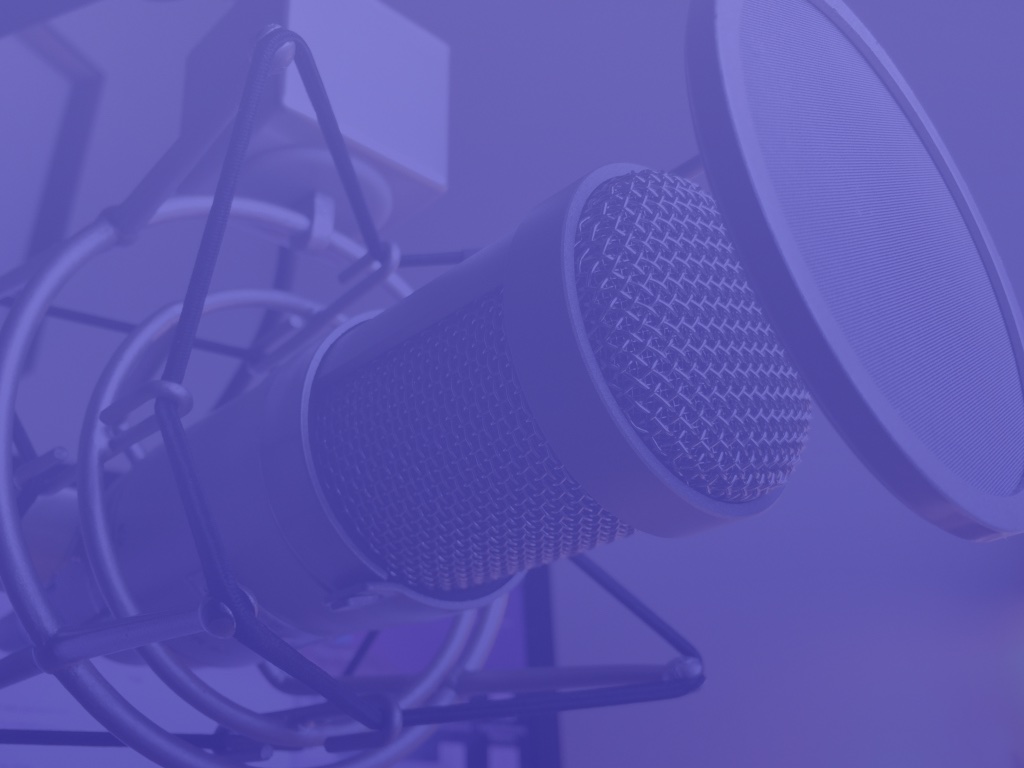
This is the third entry into my podcasting basics series. In part I, I discussed some of the preliminary steps needed before starting a podcast. In part II, I talked about the hardware that I personally use to record shows like Let’s Talk iOS and Let’s Talk Jailbreak.
After going through the preliminary conceptualizing and picking out the hardware that works for your particular scenario, it’s time to mate the hardware with the right software. Software choices for producing podcasts can vary significantly, but I’ve come up with a formula that works for me.
Of course, your decision to use a piece of software may boil down to your particular needs. For example, if you’re not a Mac user, then many, if not all of your software will differ. That being said, the basic recording techniques that I employ will more or less be the same, and can be used regardless of the software you decide on using. In this post, I break down the software that I use for recording and producing our podcasts.
View other posts in this series
- Podcasting basics part I: finding the right topic and hosts
- Podcasting basics part II: location, voice, microphones and hardware
- Podcasting basics part IV: recording, exporting and uploading
- Podcasting basics part V: mixing, editing and finalizing
Software
Here is the full list of software that I use. Afterwards, I’ll tell you what I use it for and why I use it.
The key to having a good sounding podcast with multiple participants is for each person on the podcast to record their voice locally to their own computer. Doing this, instead of recording a Skype conversation, results in significantly improved sound. This technique allows you to accomplish two things: It allows each person to record their voice in the highest quality possible, and it allows you to have independent tracks for editing. Recording each track separately and later merging them is the absolute key to creating a good sounding podcast. Keeping that in mind, lets review how we incorporate the software listed above in our podcast workflow.

Skype
Skype is used to communicate between all parties on the podcast. It’s simply used as a communication device, and has no real bearing on the quality of the final mixed down podcast. In theory, some other communication tool could be used in lieu of Skype, but it’s the most prevalent and it’s arguably the easiest to use.

Logic Pro X
I use Logic Pro X to record my sound directly to my Mac. But more importantly, I use Logic Pro X to perform the initial edit and mix of our podcasts. Logic Pro X provides me with some advanced editing functionality when mixing all of our recordings together, and includes features that aren’t present in GarageBand. For example, I use a noise gate to remove ambient sounds from the recording, and use the timeline cutting features to remove hiccups from the recording.
Logic Pro X is probably overkill if you’re just starting out. It’s very possible to get good results from GarageBand or another free Digital Audio Workstation.
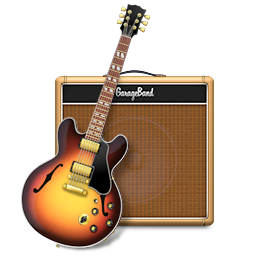
GarageBand
While I use Logic Pro X, the rest of the iDB team uses GarageBand or Piezo. First and foremost, GarageBand is very inexpensive, and a lot of the time it is free for Mac users. Secondly, it’s extremely easy to use. Since the rest of the team doesn’t need the advanced editing functions provided by Logic Pro X, GarageBand is more than enough for basic local recording.
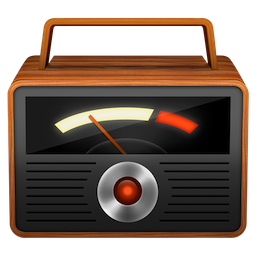
Piezo
Piezo is a no-nonsense simple recording tool that “just works”. It’s even more basic that GarageBand, and I highly recommend it for podcast participants that have no mixing duties, and want something as simple as possible. There’s very few settings to be found in Piezo, which makes it extremely straight-forward for even the most novice Mac user.
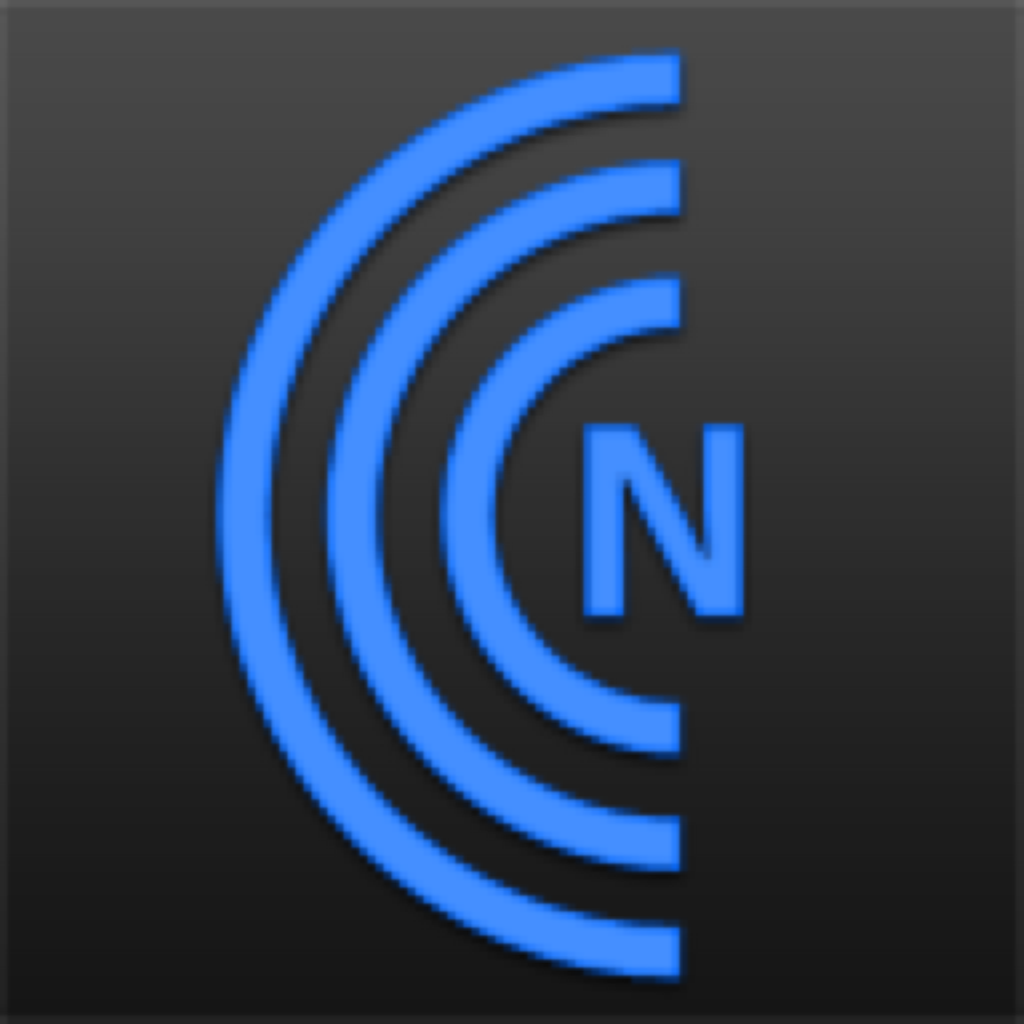
The Levelator
This is a free tool that I use in post production after exporting the edited and mixed podcast out of Logic Pro X. It’s a great tool that makes it easy to compress and normalize the voices of all participants so that their levels match. It makes for a much more complete sounding final product. I never push out a podcast without running it through The Levelator; it’s amazingly good.
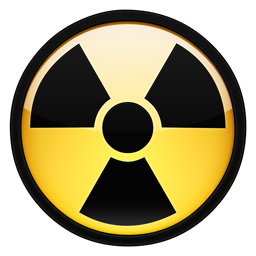
Fission
I use Rogue Amoeba’s Fission to tidy up the final podcast mix, cutting out any unnecessary parts, and to provide tag information associated with each episode. Fission is also what I use to export the final podcast to disk. Once exported, it’s ready to upload to the podcast provider for distribution to subscribers and to iTunes.
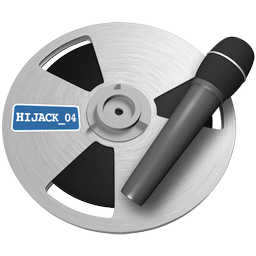
Audio Hijack Pro
While we record I use Audio Hijack Pro as a means to record the Skype broadcast. I do this to backup the conversation just in case something goes wrong with one of our individual recordings. This is a totally optional thing, but we try to always make sure we have some sort of backup in case of failure.
Conclusion
Any of the aforementioned software can be interchanged or replaced with software that fits your situation. I’ve been recording, editing, and mixing podcasts for a while now, and these are the software components that I feel comfortable with. Remember, software is only 1/3 of the equation. There’s still hardware, and techniques that make up the other two parts of a great sounding podcast. But having good software that does what you need it to do can be a huge help.
In the next tutorial, I’ll show you how we put all of the pieces of software and hardware together to compose our podcasts. If you have any questions or comments, please leave them down below and I’ll answer them as best I can.
View other posts in this series